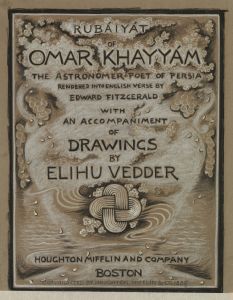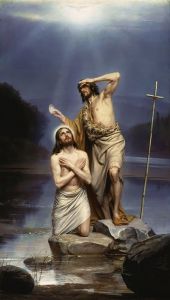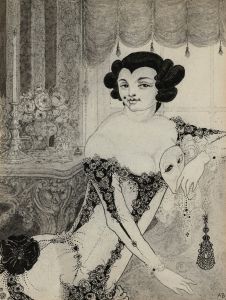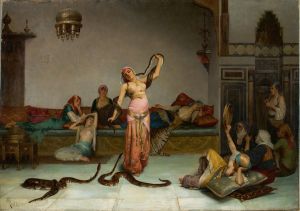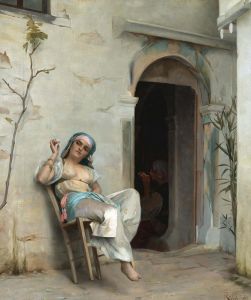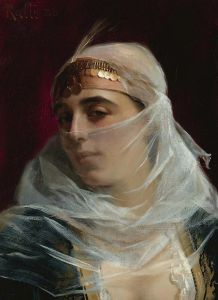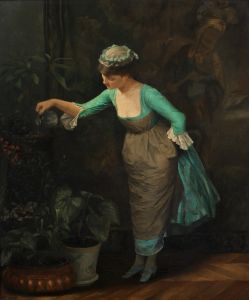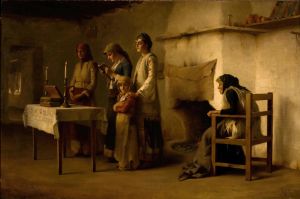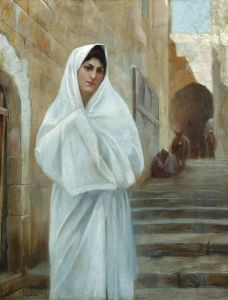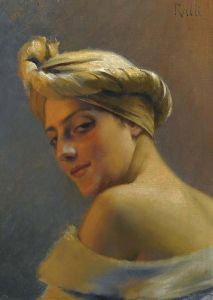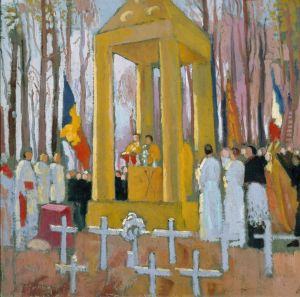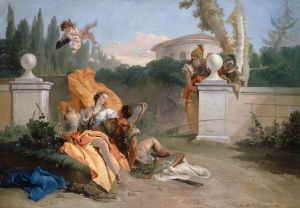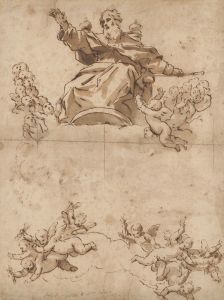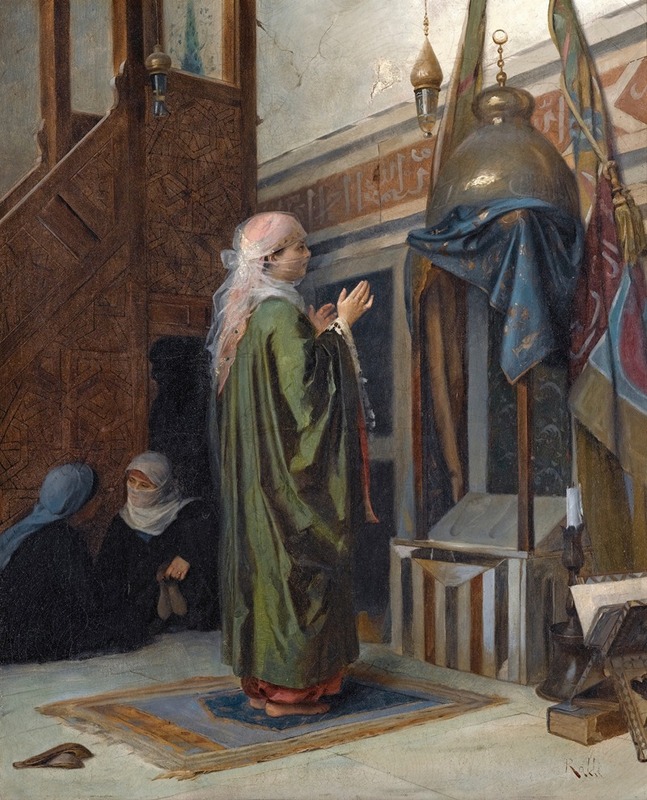
In the Mosque
A hand-painted replica of Theodoros Ralli’s masterpiece In the Mosque, meticulously crafted by professional artists to capture the true essence of the original. Each piece is created with museum-quality canvas and rare mineral pigments, carefully painted by experienced artists with delicate brushstrokes and rich, layered colors to perfectly recreate the texture of the original artwork. Unlike machine-printed reproductions, this hand-painted version brings the painting to life, infused with the artist’s emotions and skill in every stroke. Whether for personal collection or home decoration, it instantly elevates the artistic atmosphere of any space.
Theodoros Ralli, a Greek painter known for his Orientalist works, created "In the Mosque" in the late 19th century. Ralli was born in Constantinople (now Istanbul) in 1852 and later moved to Paris, where he studied under the renowned French painter Jean-Léon Gérôme. Ralli's works often depicted scenes from the Middle East and North Africa, capturing the daily lives, customs, and architecture of these regions with a focus on detail and authenticity.
"In the Mosque" is a prime example of Ralli's Orientalist style, which was characterized by a fascination with the exotic and the depiction of scenes that were often romanticized or idealized. This painting, like many of Ralli's works, reflects the Western interest in the East during the 19th century, a period when European artists and writers were captivated by the cultures and landscapes of the Ottoman Empire and beyond.
The painting portrays the interior of a mosque, a place of worship for Muslims. Ralli's attention to architectural details is evident in the depiction of the mosque's interior, which features intricate designs and patterns typical of Islamic art and architecture. The use of light and shadow in the painting highlights the serene and contemplative atmosphere of the mosque, inviting viewers to appreciate the spiritual and cultural significance of the setting.
Ralli's work is noted for its meticulous attention to detail and its ability to convey the textures and colors of the materials depicted, such as the carpets, tiles, and fabrics. This attention to detail not only adds to the realism of the scene but also serves to immerse the viewer in the environment, providing a glimpse into a world that was both foreign and fascinating to Western audiences of the time.
The figures in "In the Mosque" are depicted with a sense of reverence and respect, reflecting Ralli's interest in portraying his subjects with dignity and authenticity. The painting captures a moment of quiet reflection, with individuals engaged in prayer or contemplation, emphasizing the spiritual aspect of the scene.
Ralli's "In the Mosque" is part of a broader body of work that contributed to the Orientalist movement in art, which sought to explore and depict the cultures of the East through the lens of Western artists. While Orientalism has been critiqued for its often stereotypical and romanticized portrayals, Ralli's work is appreciated for its artistic merit and its ability to capture the beauty and complexity of the subjects he chose to depict.
Today, Theodoros Ralli's paintings, including "In the Mosque," are held in various collections and continue to be studied for their artistic and historical significance. They offer insight into the 19th-century European perspective on the East and remain a testament to Ralli's skill as a painter and his contribution to the Orientalist genre.





